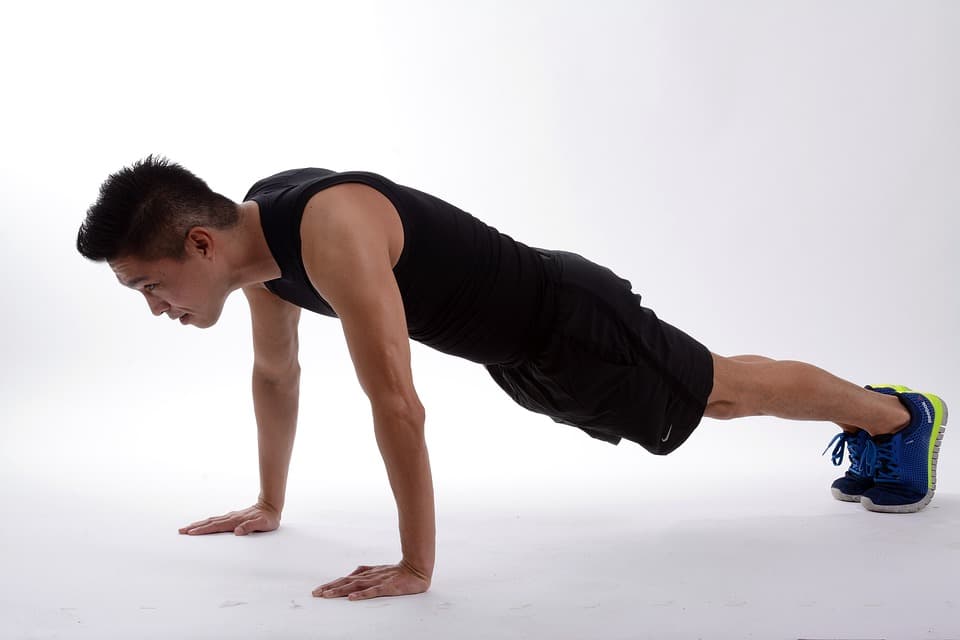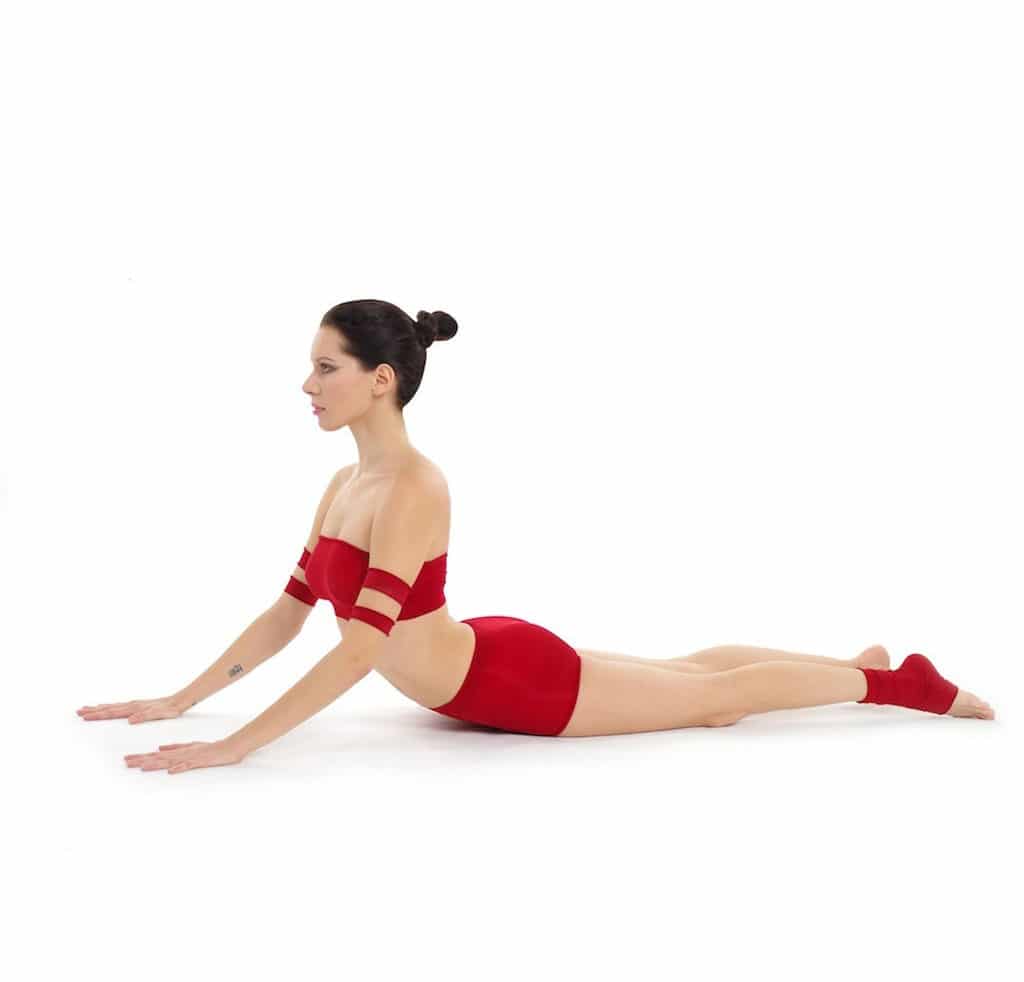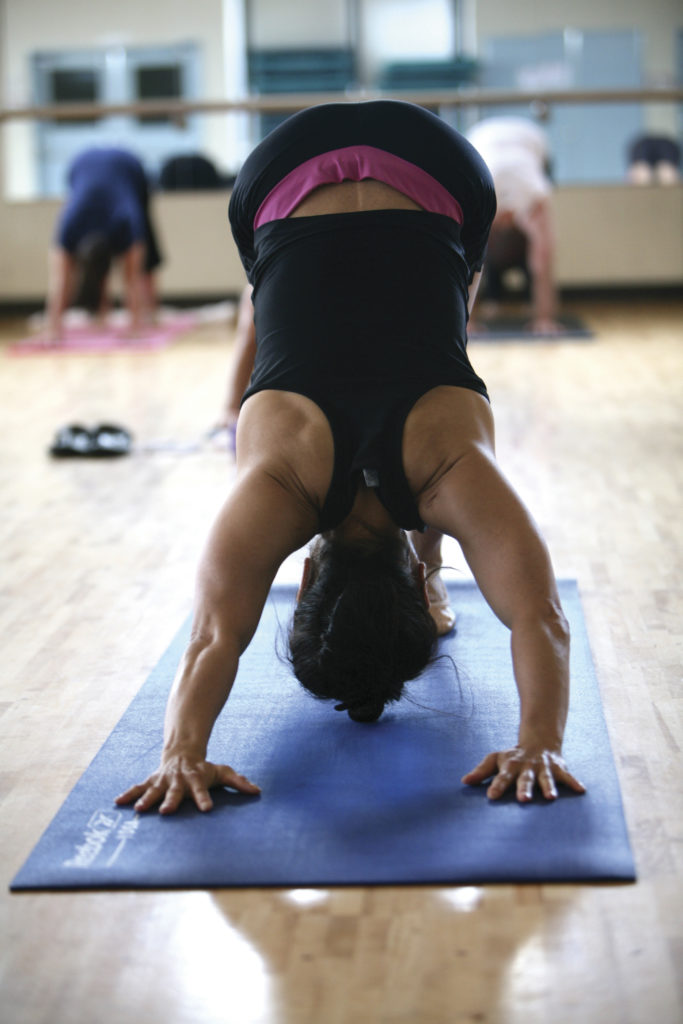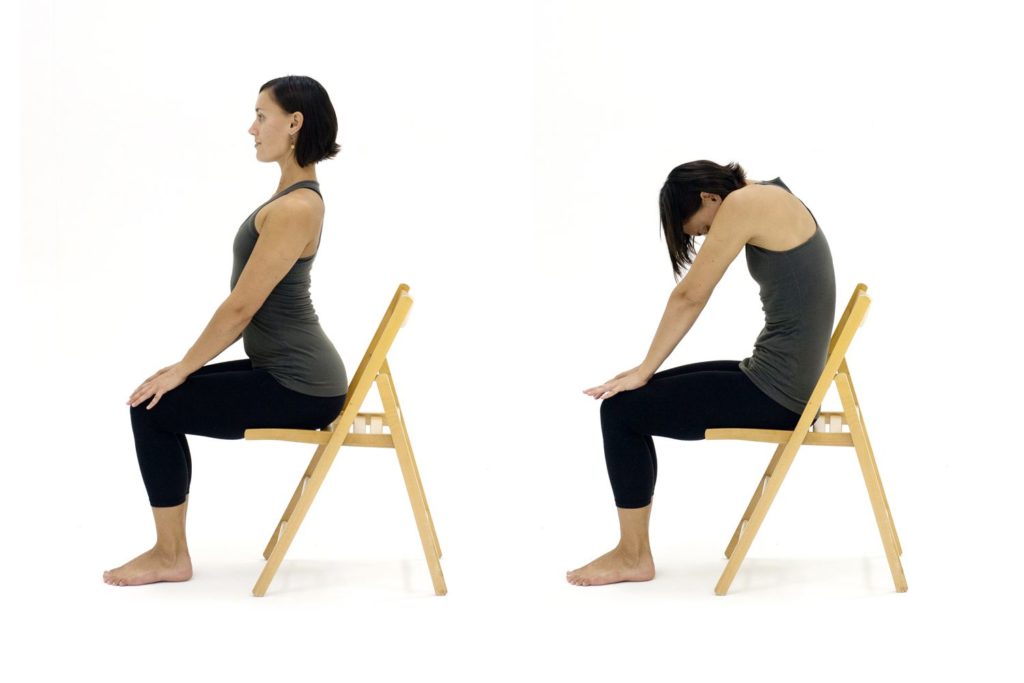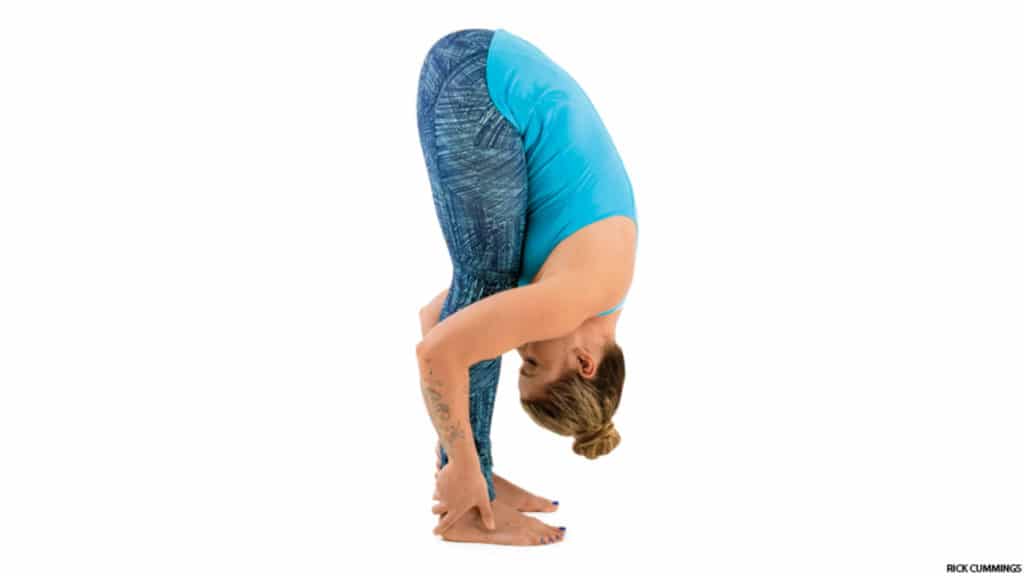Vinyasa Yoga: Poses and Benefits
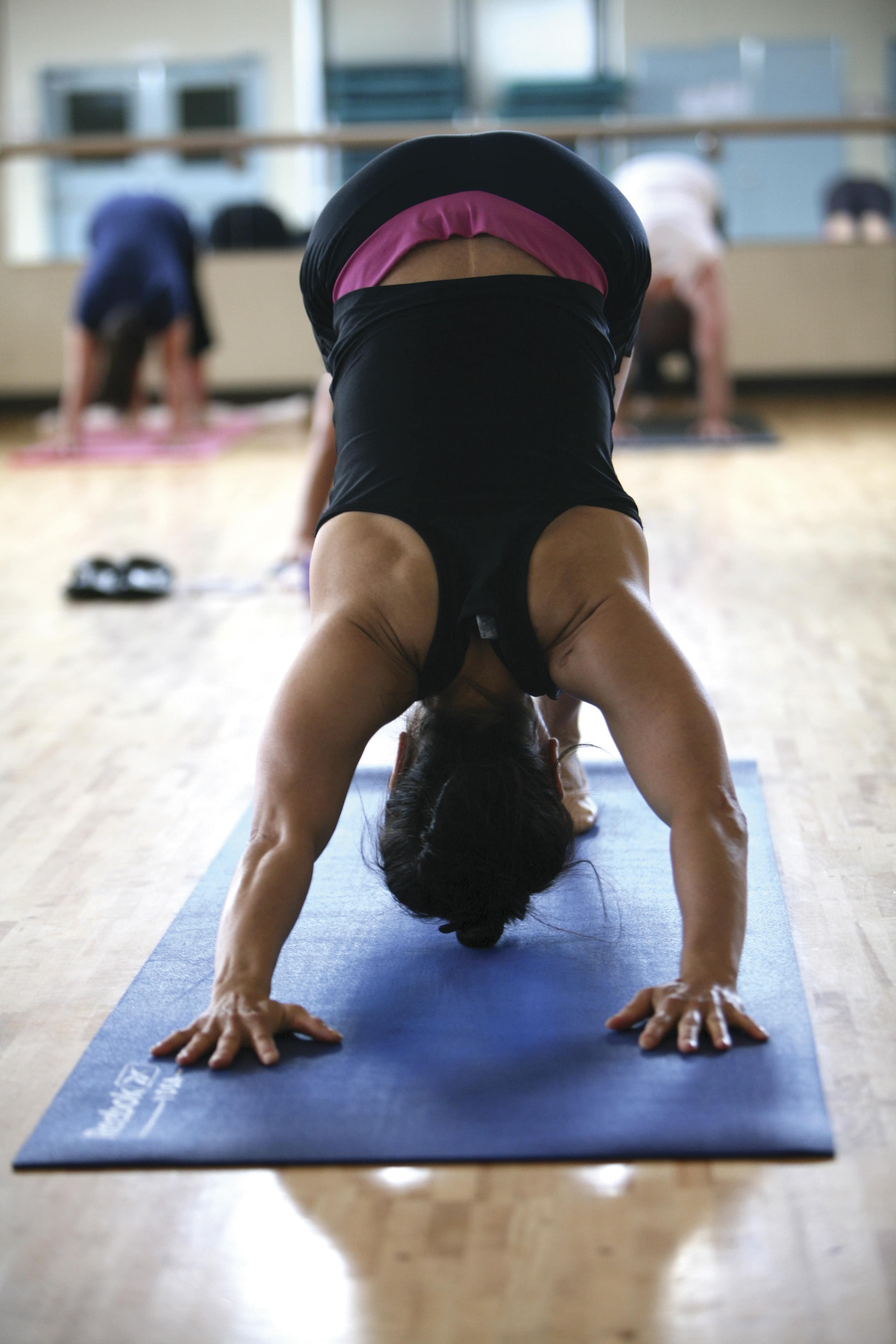
The origin of Vinyasa yoga can be traced back to years. The word “Vinyasa” is translated as the special arrangement of yoga poses. The Vinyasa yoga poses are synchronized with the breath, which makes the transition from one yoga pose to another smooth and steady. Hence, Vinyasa yoga is a dynamic and flowing form of yoga.
Ashtanga, Prana Flow, Jivamukti, Power yoga are all forms of traditional Vinyasa yoga style. In these yoga styles, the poses are performed with attention to breath for physical, mental and spiritual benefits.
One of the most eulogized qualities of Vinyasa yoga is that it can be crafted uniquely to serve individual requirements. No two Vinyasa classes are ever alike. The variable nature of Vinyasa classes offers you the chance to practice diverse yoga poses in order to develop a more balanced body.
Why Practice Vinyasa Yoga
Unlike the Ashtanga yoga and Bikram yoga having a fixed number of postures, Vinyasa provides the students with freedom of movements. The dynamic appeal of this yoga style resonates with practitioners from all walks of life. The sequenced yoga poses coordinated with breath culminate into a full-body workout that strengthens and lengthens the muscles to create harmony.
Rewards of Practicing the Vinyasa Yoga:
- In the Vinyasa yoga classes, you are encouraged to pay close attention to the movements, breath, sensation that fosters self-reflection and mindfulness. In this manner, Vinyasa yoga becomes a practice of self-transformation.
- The breath connected yoga poses make this practice a moving meditation that calms the brain and enhances the flexibility of the body.
- The practice of different yoga postures reduces the risk of developing injuries, the risk of which is often high in performing the fixed yoga poses.
Vinyasa Yoga: Poses and Benefits
- Plank Pose (Kumbhakasana): It is one of the most practiced Vinyasa yoga poses. The Plank pose tones the core muscles of the body strengthens the spine and enhances stamina.
- Start in Adho Mukha Svanasana (Downward Facing Dog Pose).
- Inhale and make your torso parallel to the floor, arms perpendicular to the ground and wrists below the shoulders.
- Extend the legs behind and curl the toes under.
- Spread the collar bones and look straight down at the floor.
- Cobra Pose (Bhujangasana): Cobra Pose is known for its ability to strengthen the spine, to open the lungs and to energize the back.
- Start in prone position with legs straight behind.
- Tuck the elbows to the sides of the ribs and place the hands in front on a yoga mat.
- Press the tops of the feet and hands into the floor.
- Inhale, raise your chest and head up from the floor.
- To release, exhale and slowly lower your body to the ground.
- Downward-Facing Dog Pose (Adho Mukha Svanasana): The Downward-Facing Dog Pose is therapeutic for high blood pressure, asthma and sinusitis. And the downward-dog movements calm the brain and stretch the muscles of body organs.
- Come on your knees and hands.
- Spread the fingers and tuck the toes inward.
- Exhale, lift the knees off the ground.
- With another exhalation, stretch the legs back and heels down to the floor.
- Keep the head between the upper arms and look at the navel.
- Cat-Cow Stretch: (Marjariasana and Bitilasana): The cat-cow sequence builds postural awareness and balance in the body. The flow makes the body and spine flexible.
- Begin in a table-top position.
- Move into cow pose by inhaling and dropping the stomach towards the floor. Lift the chin up and gaze towards the ceiling.
- Draw the shoulder blades away from the ears.
- Next, the transition to cat pose: Exhale, arch your back and draw your stomach towards the spine. Release the head down towards the floor.
- Inhale, move into cow pose. Exhale, move into cat pose.
- Standing Forward Fold Pose (Uttanasana): One of the basic Vinyasa yoga poses. The pose stretches the hamstrings, strengthens the thighs, and relieves tensions from body-mind.
- Stand in Tadasana (Mountain Pose).
- Inhale, raise your arms overhead.
- Exhale, bend forward keeping the legs and spine straight.
- Place the hands on the floor.
Move with the breath in Vinyasa yoga for detoxification, strength, cardiovascular health and bliss.
Author Bio :
Bipin Baloni is a passionate Yogi, Yoga Teacher and a Traveller in India. He teaches Ayurveda Courses India. He loves writing and reading books related to yoga, health, nature and the Himalayas.
Website: https://rishikulayurshala.com/

